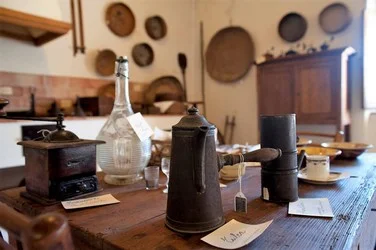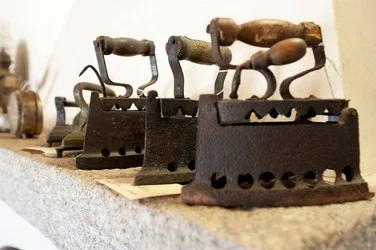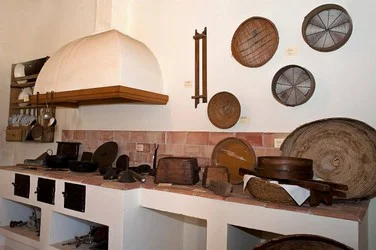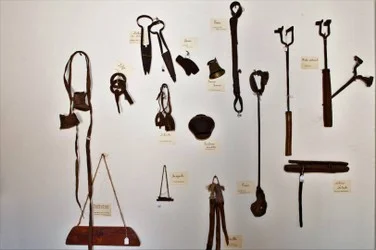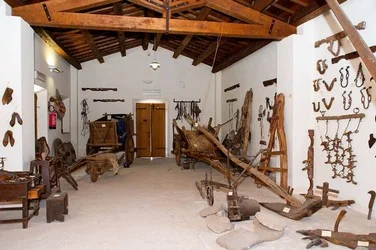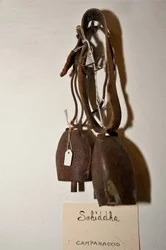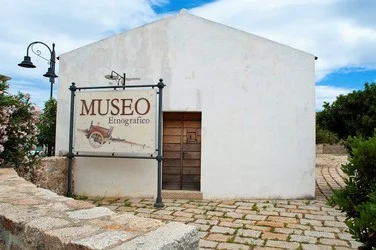In a landscape dotted with the whiteness of the sunny stazzi, begins the history of civilization that inhabited them. The genealogies of the first PalaU families are intertwined in the shade of the junipers bent by the mistral wind, along the course of the Liscia river. From there they would soon move to the village, in Lu Palau, to take dives from the tegghja of Palau Vecchio, the beach of everybody. Inside the farmhouse every room is imbued with ancient flavours and scents. From the kitchen come dense vapours, the milk bubbles and as in an alchemical ritual it turns into yogurt, brocciu, cheese. Not just any cheese, but one of those that can take many forms. Sometimes it’s a bird, sometimes it’s a flower, but mostly it’s like a big pear. A pear that tastes like cheese, hanging from a seasoning at the appiccagnulu, destined to decorate the tables of Palau people. And so in the Ethnographic Museum the smell of cheese is evoked by the fulculi exposed, the scent of freshly roasted coffee revives in the wafer hanging next to the chimney, while the cork barrels, once full of fresh water, stands on shelves. The roasted chestnuts seem to be still crackling in the iron pan, in the distance the memory of the scent of oranges collected in large corbels placed at the foot of the bed mixes with that of the ravioli served with the foaming truddha. A busciaccara remembers that few were the distractions of the Gallura woman always busy in her role of administrator, perhaps only a tobacco tin, only pleasure from the labours of the day, together with that mysterious world of amulets and Christian devotion. The echo of Li Steddi, the children, often burst out of the courtyard, pastricciali, theatre of endless games. Presses, ploughs and yokes kept in the Ethnographic Museum recall that in the meantime men were busy with the usual work in the fields. The hard cycle of the seasons pushed everyone, men and women, to wait with trepidation for the period of weddings and country parties, unmissable opportunities for socialization to the rhythm of scottis rounds. The most authentic Gallura lives here, in the Ethnographic Museum of Palau, in its collection of stories, among olive trees and granite, where it seems that there is no sea.

